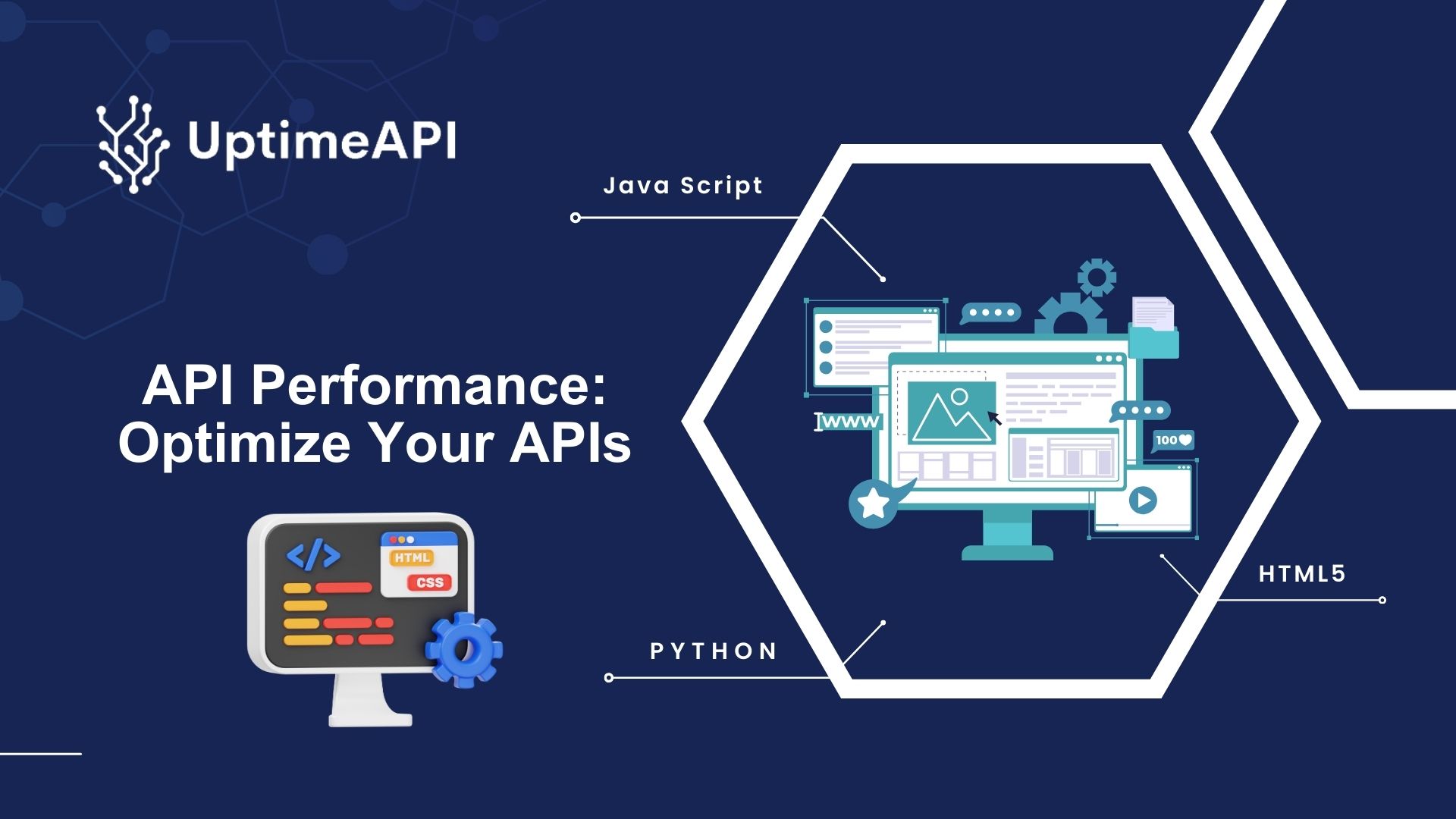API Performance: Optimize Your APIs

APIs (Application Programming Interfaces) are essential components of modern software development, facilitating communication and data exchange between different software applications. API performance refers to the efficiency and effectiveness with which an API operates, impacting the speed, reliability, and overall user experience of applications that rely on it.
Software systems must operate smoothly and seamlessly for optimal API performance to be achieved. It has a direct impact on customer happiness, system dependability, and profitability. Slow response times, a higher mistake rate, and even outages might result from an API that performs badly, which can negatively impact the user experience and the application or service's reputation. The following are important performance indicators for APIs: API response time, API error rates, and API availability and uptime. These metrics reveal an API's operational efficiency and point out areas in need of development.
Optimizing API Performance
Optimizing API performance requires locating and removing performance bottlenecks. Database overload, network delay, poor coding, and insufficient server resources are common causes of API performance problems. Developers use a variety of tools and methods, including load testing, profiling, and performance monitoring tools, to identify and assess these problems.
Various methods are used in strategies for API performance optimization with the goal of enhancing speed, effectiveness, and dependability. These tactics include caching and data compression to minimize data transfer overhead, load balancing and scaling to uniformly distribute incoming traffic across different servers, and code optimization techniques to optimize and streamline code execution.
Continuous monitoring and iteration are fundamental best practices for API performance optimization. Regular monitoring allows developers to track performance metrics over time, identify trends, and detect potential issues early on. By continuously analyzing and iterating on performance strategies, teams can proactively address issues and make incremental improvements of performance.
Uptime API

You can keep an eye on your APIs with the Uptime API. It functions by routinely verifying that your APIs are operational and functioning as intended. It's simple to set up monitors. The URL of the intended API endpoint to be watched, as well as the ability to modify the watch's timeouts and intervals, are required in order to set up monitors. You will be able to monitor changes in API uptime and performance over time thanks to the historical data and analytics the API offers. Obtain access to your logs so you may investigate any API problems.
The Uptime API's timeouts control how long it will wait for a response, and its monitoring intervals control how frequently it checks the functionality of your API. With these settings, you may tailor monitoring to your requirements and tastes. On your dashboard, you can choose which contacts should receive notifications and set up alarms. You can then inform your team in this manner. You can select the package that best meets your needs for monitoring from a range of customisable options with different monitor restrictions.
US dollars are used to display all prices. All major credit and debit cards are accepted. One of the most reputable payment businesses in the world, Stripe, powers the payment system, which makes use of the newest security technology. Additionally, you can use the Uptime API for free for thirty days, during which time you can choose to upgrade to a more expensive subscription.
